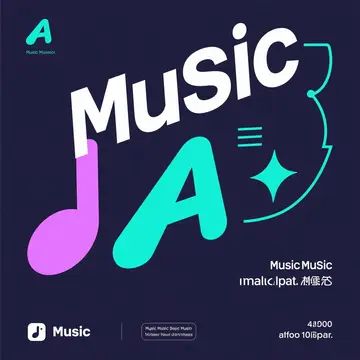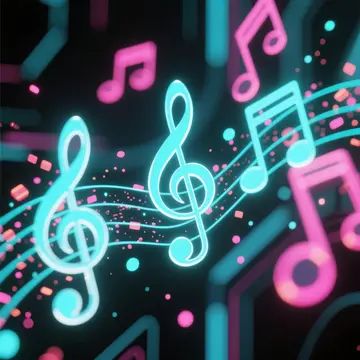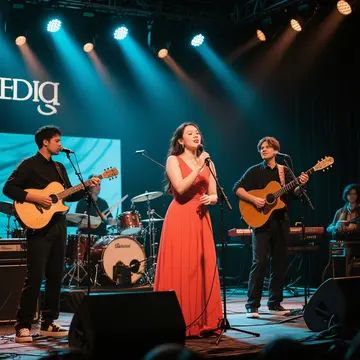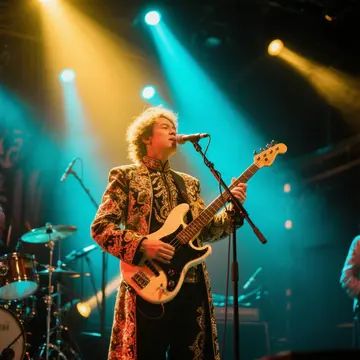As more creators make AI music videos, copyright questions loom large. How do you produce engaging AI-powered content without legal risks? This guide reveals 5 strategies to create copyright-compliant AI music videos while keeping your creative freedom intact.
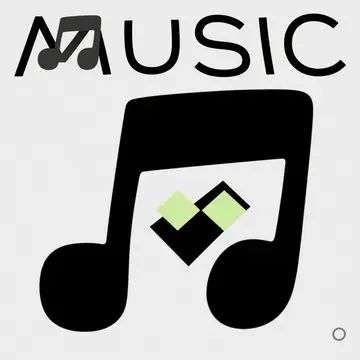
Why Copyright Matters When You Make AI Music Videos
AI-generated content operates in a legal gray area. Recent rulings (like the U.S. Copyright Office’s 2023 AI policy) clarify two critical points:
Pure AI outputs can’t be copyrighted
You may infringe rights if AI trains on copyrighted works
Strategy 1: Use 100% AI-Generated Music & Visuals
Why it works:
No human input = No existing copyright claims
How to implement:
Music: Use tools like Suno AI or Boomy that generate original tracks from text prompts
Visuals: Create images/videos with MidJourney or Runway ML using abstract prompts
Example: “Psychedelic liquid patterns in cyan and magenta, no recognizable objects”
Pro Tip: Avoid referencing artists/styles in prompts (e.g., “in the style of Beyoncé”).
Strategy 2: Hybrid Human-AI Creation
Why it works:
Adding human edits makes content eligible for copyright protection
Workflow:
Generate raw AI music/visuals
Make substantial edits:
Remix AI music tracks
Add original vocals/lyrics
Composite AI visuals with real footage
Document your creative process
Strategy 3: Leverage Royalty-Free AI Platforms
Safest tools to make AI music videos:
| Platform | Key Feature | Pricing |
|---|---|---|
| Suno AI | Commercially usable AI music | Free tier |
| Pixabay AI | CC0-licensed AI visuals | Free |
| VEED.io | Royalty-free AI video templates | $12/month |
Critical Check: Always review platform terms for:
? Commercial use rights
? AI training data sources
? Redistribution permissions
Strategy 4: Modify AI Outputs Strategically
The “30% Rule” (unofficial but widely practiced):
Alter AI content by ≥30% to claim originality
Practical modifications:
Music: Layer AI tracks with live instruments
Visuals:
Apply custom color grading
Add hand-drawn elements
Rearrange scene sequences
Metadata: Write original descriptions/titles
Strategy 5: Clear Rights for AI Voice/Image Clones
Want to use AI versions of real artists? Follow this framework:
Celebrity voices: Avoid unless you have written consent
Original characters:
Train AI on your own voice/face
Use synthetic personas (e.g., Synthesia avatars)
Stock elements: License voices/visuals from marketplaces like Envato
Copyright Checklist for AI Music Videos
Before publishing content where you make AI music videos:
? Verify AI tool’s training data sources
? Add disclaimer (e.g., “Contains AI-generated content”)
? Register edited versions with copyright office
? Avoid sampling protected works
? Credit AI tools used
Platform-Specific Guidelines
How major platforms treat AI music videos:
YouTube: Allows monetization if “transformative”
TikTok: Requires AI content labeling
Spotify: Bans fully AI-cloned artist voices
Instagram: No restrictions (yet)
Case Study: Safe AI Music Video Workflow
Generate music via Suno AI (original prompt)
Create abstract visuals with Leonardo.AI
Edit in CapCut (add transitions/voiceover)
Publish on YouTube with description:
“This video combines AI-generated music (Suno AI) and original edits. No copyrighted material used.”
Final Thoughts
You can safely make AI music videos by focusing on:
Original AI-generated foundations
Substantial human modifications
Transparent sourcing
As laws evolve, these strategies will help future-proof your content. Start experimenting with tools like Suno AI and MidJourney today—creativity loves clarity!

